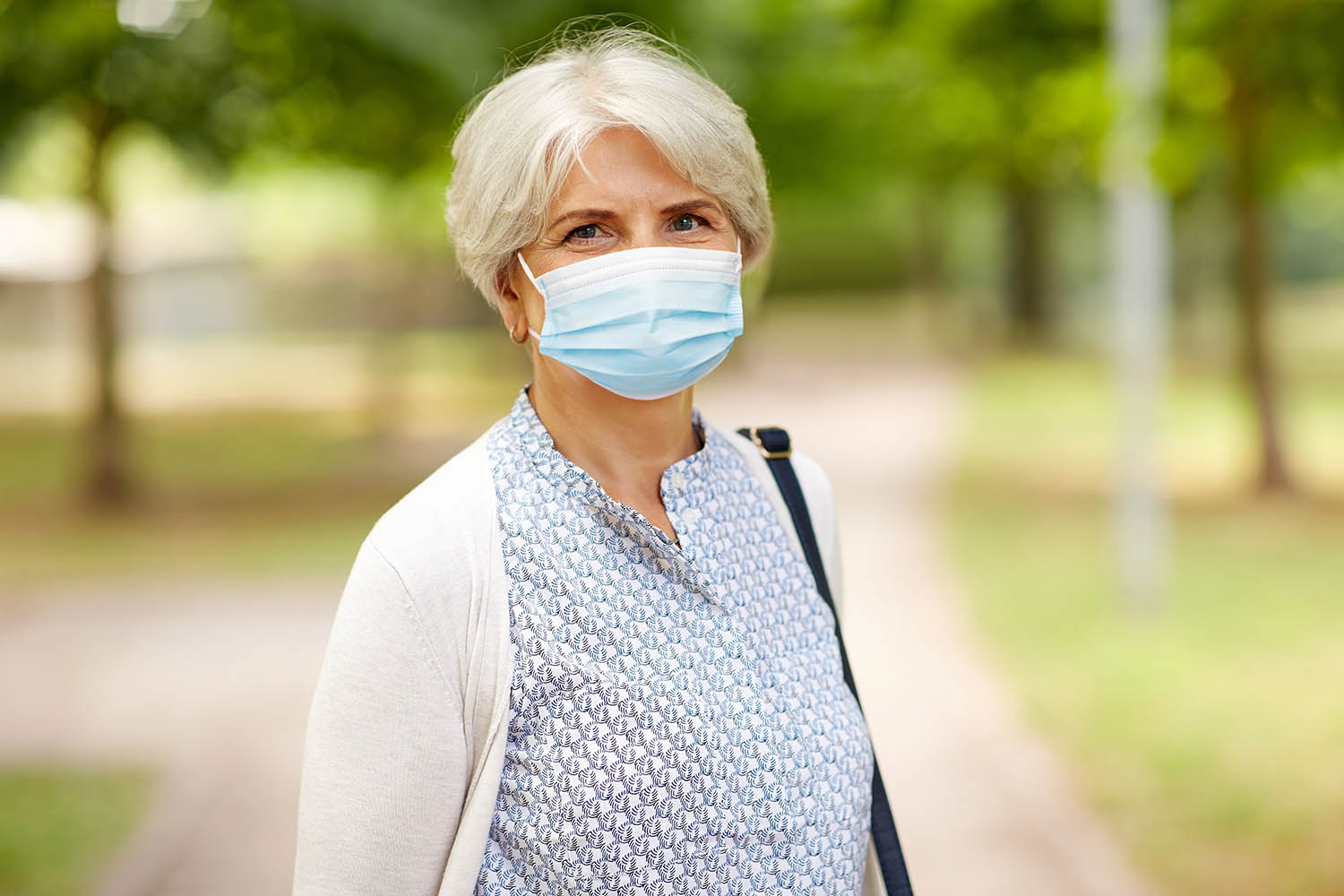As the COVID-19 pandemic has spread, expert guidance on the viral illness has evolved time and again as we learn more about it. But one message has been clear throughout: Older adults are at increased risk for severe disease, and the older you are the more elevated your risk. Those in their 60s and 70s are at greater risk than those in their 50s, and people 85 and older are at the greatest risk, according to new information from the Centers for Disease Control and Prevention (CDC).
In the blog post, How to Protect Elderly Family Members, on DrOwl, it says, “Right now, one of the biggest concerns stemming from the spread of coronavirus is the health of our elderly. You may worry about your older parents, grandparents, and loved ones who live in nursing homes, and you may wonder what you can do to keep them safe.” Here are the whys and how’s of keeping elderly loved ones safe.
Why Seniors Are Susceptible
Older adults are at an increased risk for severe effects from viral and bacterial infections, from flu to colds to shingles to pneumonia. Immune systems change with age, making it harder for you to fight off diseases and infection, even if you’re otherwise fairly healthy. With age, the immune system becomes slower to respond to a threat like an infection, so you’re more likely to get sick and develop more severe symptoms. Because you have fewer immune cells, it may take longer to recover.
Older adults are also more likely to have health conditions, such as type 2 diabetes, that seem to worsen outcomes from COVID-19. Other conditions that increase the risk of severe COVID-19 in people of any age include chronic kidney disease, chronic obstructive pulmonary disease, a weakened immune system due to an organ transplant, obesity, serious heart conditions, and sickle cell disease in people of any age, the CDC says. A host of other issues, including moderate-to-severe asthma, high blood pressure, and liver disease may also hike the risk.
But evidence suggests that certain precautions can significantly reduce your chances of catching COVID-19, as well as other infectious illnesses. One of the most important things seniors can do is take this seriously. You don’t have to go to extremes, cut off all human contact, and stock up for months and months of quarantine, but be smart and take the recommended precautions. Those precautions are as follows:
- Follow social distancing guidelines and stay at least 6 feet away from others.
- Avoid close contact with people who are sick.
- Wash your hands often with soap and water for at least 20 seconds, especially after blowing your nose, coughing or sneezing, or having been in a public place.
- If soap and water aren’t available and your hands are not visibly dirty, use a hand sanitizer that contains at least 60% alcohol. However, if your hands are visibly dirty, always wash your hands with soap and water.
- Use a mask when you are going outside.
- Ensure you are up to date on all of your vaccines to avoid any other illnesses.
- Your risk of exposure to respiratory viruses like COVID-19 may increase in crowded, closed-in settings like stores or offices with little air circulation if there are people nearby who are sick. You should avoid these settings as much as possible.
Given their group nature and elderly population, nursing home populations are at high risk of being affected by respiratory pathogens like COVID-19 and other pathogens, including multidrug-resistant organisms. Strong infection prevention and control (IPC) programs are critical to protecting both residents and healthcare personnel. CDC guidelines for nursing home facilities include:
Implement Social Distancing Measures
- Implement aggressive social distancing measures (remaining at least 6 feet apart from others):
- Cancel communal dining and group activities, such as internal and external activities.
- Remind residents to practice social distancing, wear a cloth face covering (if tolerated), and perform hand hygiene.
- Remind health care professionals to practice social distancing and wear a facemask when in break rooms or common areas.
Implement Visitor Restrictions
- Restrict all visitation to their facilities except for certain compassionate care reasons, such as end-of-life situations.
- Considerations for visitation when restrictions are being relaxed include:
- Permit visitation only during select hours and limit the number of visitors per resident (e.g., no more than 2 visitors at one time).
- Schedule visitation in advance to enable continued social distancing.
- Restrict visitation to the resident’s room or another designated location at the facility (e.g., outside).
Healthcare Personnel Monitoring and Restrictions
- Restrict non-essential healthcare personnel, such as those providing elective consultations, personnel providing non-essential services (e.g., barber, hairstylist), and volunteers from entering the building.
- Consider implementing telehealth to offer remote access to care activities.
If your elderly loved one resides in a senior living community, it is important to respect the rules the facility has put in place to protect its residents. Long-term care facilities are dedicated to making the best care decisions possible during these unprecedented circumstances. Restricting visitors shields residents, while also protecting the general public from any viral danger.



